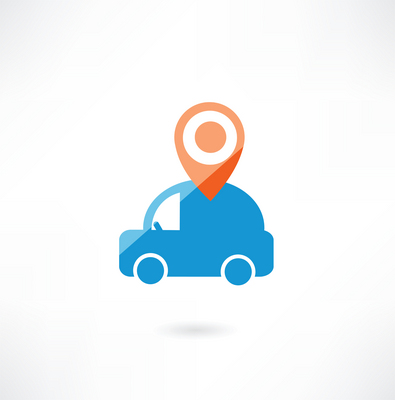
As a kid growing up, sci-fi shows and movies would often sensationalize the future and the technology that would be available. Many of these ideas, however, are now real life technology that we use every day. Video calling, smartphones, watches that can be used to communicate… and now, the self-driving car is nearly ready for actual use.
Waymo, a Google company, has been extensively testing their new Chrysler Pacifica autonomous mini-vans at a former Air Force base. Obstacles such as falling boxes from a moving truck demonstrate the car’s ability to react to a surprise obstruction or sudden need to stop.
However, Waymo is nowhere near the only player in the self-driving car game. There are 42 different companies in various stages of testing their version of this new tech. Uber is another big player hoping to have self-driving cars as another aspect of their business model. There is a desire for the tech and it is being delivered.
So what about testing in real-time, on real roads?
New regulations allow testing to be performed on public roadways in California. This isn’t new, but the big change starting in 2018? No more safety drivers.
Early on, Waymo developed a car that would only be autonomous: no steering wheel to even give the option of human control. Regulations would not allow that, but in 2018, human drivers will no longer be a requirement.
This is an exciting time — and also terrifying. For me, not having control of the car is something that gives me quite an uneasy feeling. As the self-driving cars continue to progress, I am sure that sooner than later I will find myself in one. But for now, I’ll leave the driving to the humans.
(Image Source: iCLIPART)

